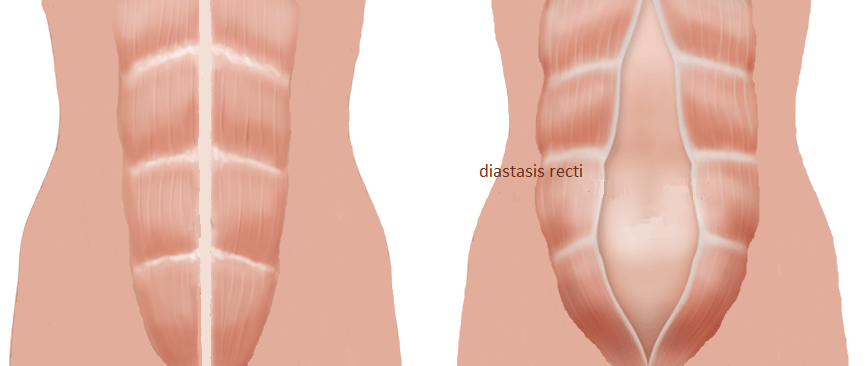Top 5 Reasons to See a Physical Therapist Postpartum

Pregnancy and childbirth take an enormous toll on a woman’s body. Here are the top five reasons why every woman would benefit from seeing a physical therapist postpartum:
1.) Pain
During pregnancy, as the baby grows, the woman’s posture changes due to the shift of the center of gravity. These postural changes can lead to the development of pain such as:
- hip pain,
- low back pain, or
- sciatica.
Many women assume once they deliver the baby, the pain will resolve itself however in many cases, the pain does not go away. Pain can also develop during the delivery process, or following a c-section. In either case, pain is not normal and can be treated!
2.) Mobility issues
The body undergoes several changes during pregnancy and birth. The hormone, Relaxin, creates ligament laxity that will last for at least 3-4 months postpartum (longer if breastfeeding). In addition, the hip flexors and low back muscles are in a shortened position due to the postural changes that occur during pregnancy.
Physical therapy can address these mobility impairments through soft tissue mobilization, stretching, and mobility exercises.
3.) Assess for a Diastasis Recti
Diastasis recti is the separation of the rectus abdominal muscles from the mid-line due to increased intra abdominal pressure and stretching of the abdominal  wall as the uterus grows. In addition to the unattractive appearance of diastasis recti, this weakness and separation can also lead to injuries. The abdominal muscles play a role with the other core muscles in stabilizing the spine and transferring force between extremities.
wall as the uterus grows. In addition to the unattractive appearance of diastasis recti, this weakness and separation can also lead to injuries. The abdominal muscles play a role with the other core muscles in stabilizing the spine and transferring force between extremities.
So how can you assess for diastasis recti? You can easily assess by lying on your back, placing your fingers pointing down toward your spine by your belly button, and lifting your head to feel for a separation. One to two fingers separation is considered normal; however, a width of more than 2-2.5 fingers is considered diastasis. Another sign you may have a separation is if you notice “doming” in the middle of your abdomen.
If you do have diastasis recti, it can be corrected by retraining and strengthening the core muscles (see next section). It is also important to avoid common core exercises which increase intra abdominal pressure such as planks, push ups, and sit ups.
4.) Exercises
As mentioned already, the body undergoes significant changes during pregnancy and delivery. During pregnancy, the abdominal muscles are overstretched and become weak. During delivery, the pelvic floor muscles are stretched and may tear.
When these muscles are overstretched, the muscle fibers are unable to perform at an optimal level, which can lead to pain and dysfunction. Exercises such as deep abdominal bracing and Kegels, which address the diaphragm, core, and pelvic floor, are essential.
5.) Progressing back to activity
Many women are cleared to return to physical activity at their 6-week postpartum checkup. However, they are often given no guidelines or advice on progressing back to activity. For most, the take-it-slow and ease into activity approach works.
For those who may need or want more guidance, seeing a physical therapist postpartum is a good next step. Your physical therapist will provide exercises and guidelines for a safe progression back to physical activity!
Request an Appointment
To schedule an appointment, please complete this form and a team member will respond to you within one business day to schedule your appointment.